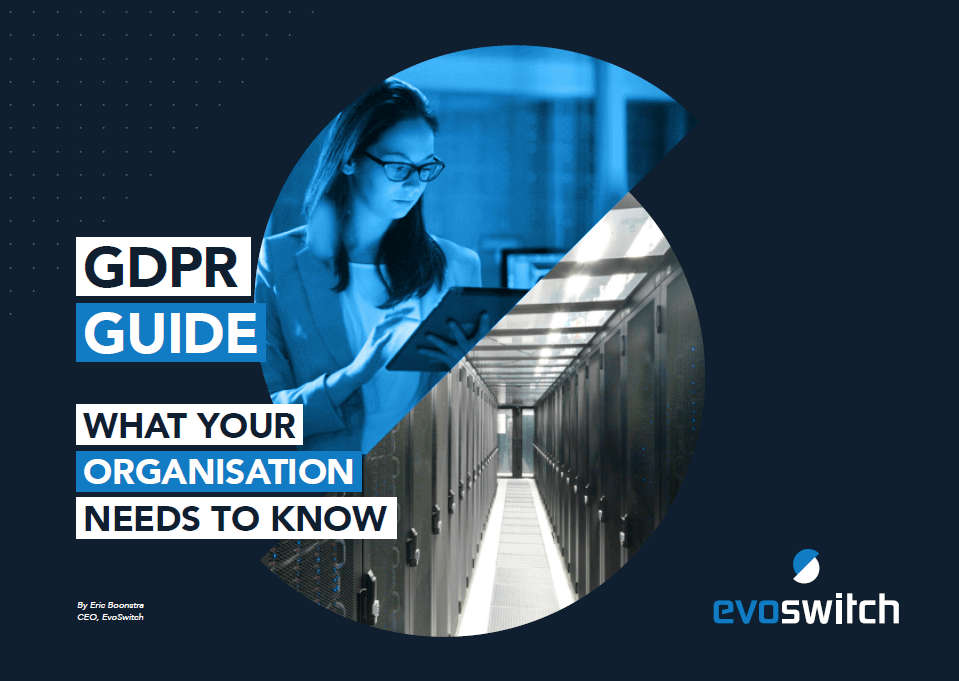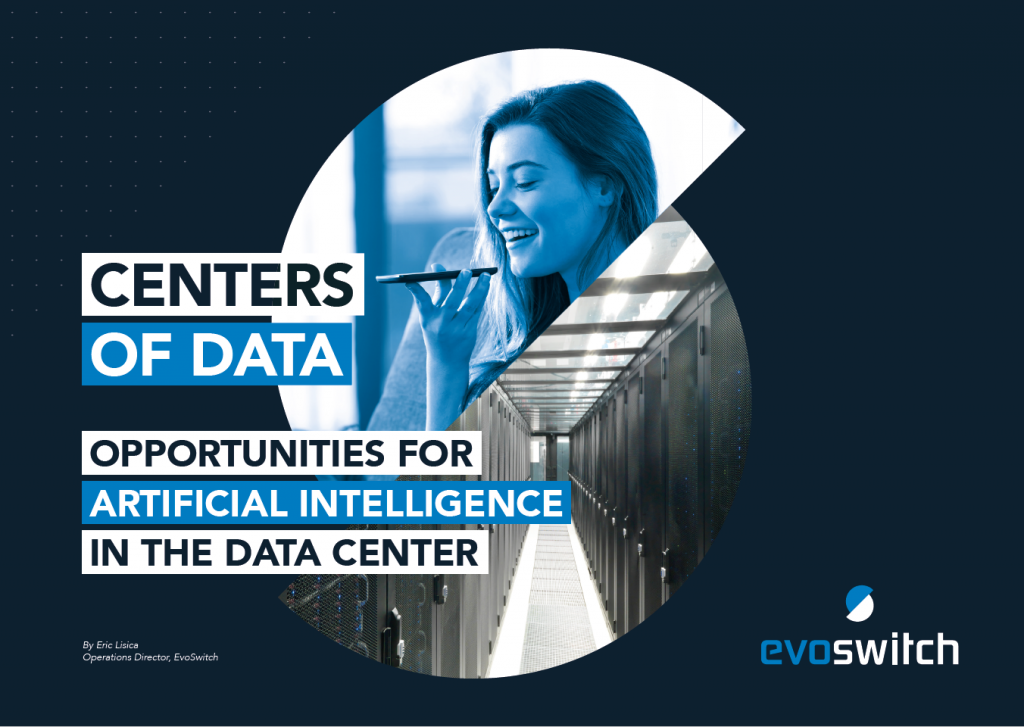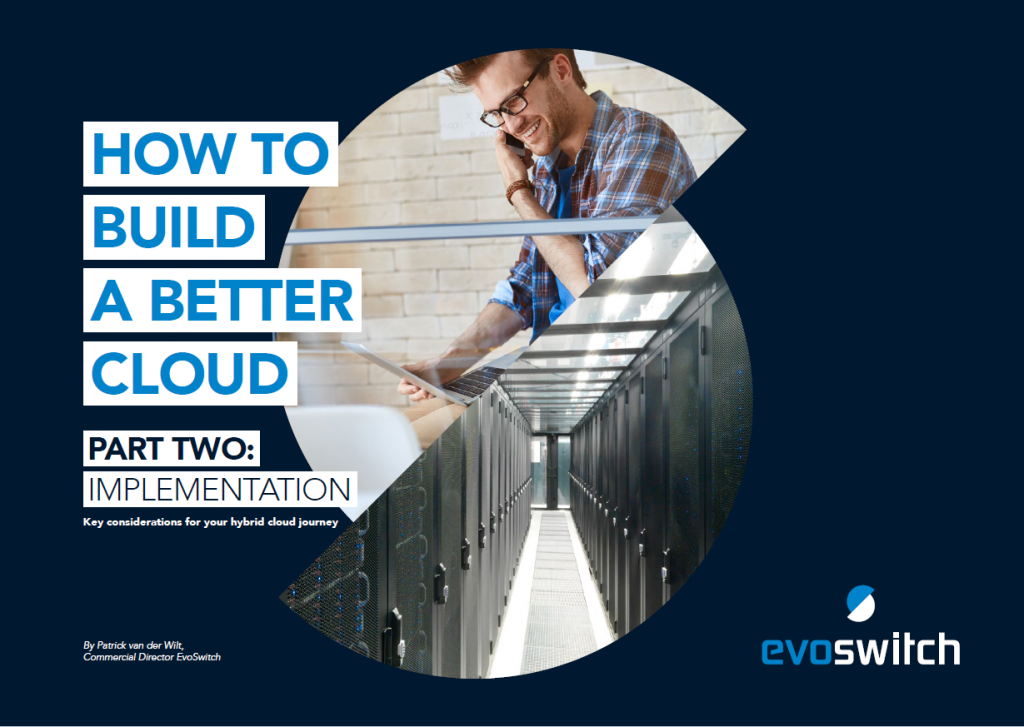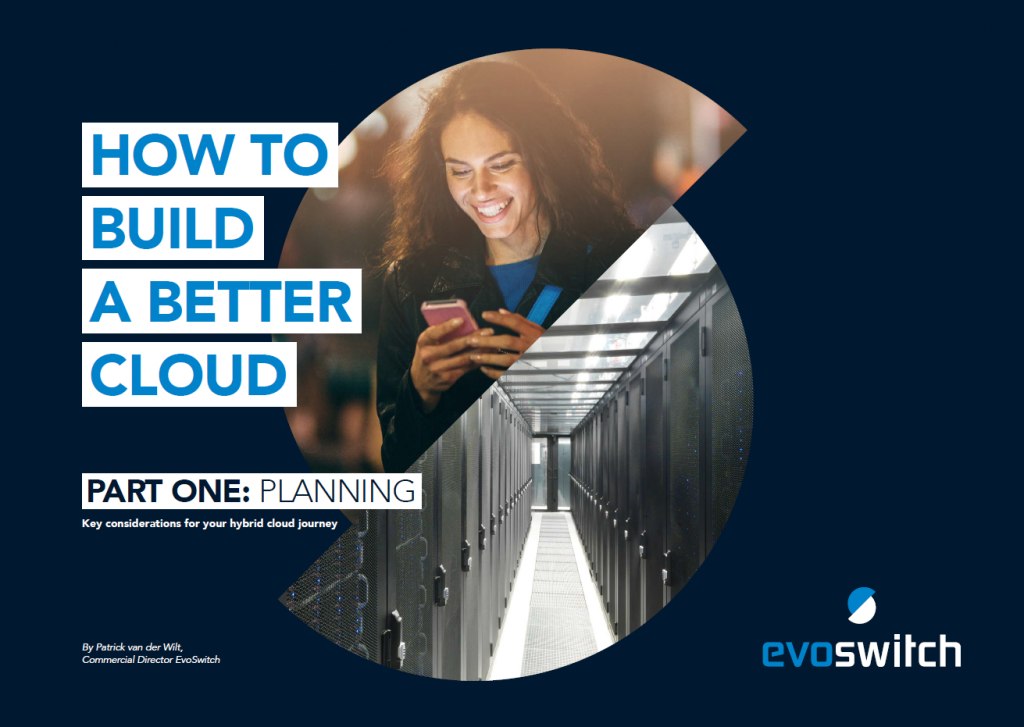Introduction: Roadblocks & On-Ramps
Digital Transformation is about the reinvention of a business to reposition it at the forefront of the fast-moving digital age. This publication addresses a crucial part of this process: how can the data center contribute? Technology is pivotal to the transformation but the technology itself is not the strategy, it is just the facilitator. However, it is often seen as one of the biggest roadblocks on the route to success:
- In June 2016 a Harvard Business Review study found that 52% of respondents felt that ‘persistent ties to legacy systems’ created the greatest barrier to digital transformation
- In October 2017 the annual Global CIO survey by Logicalis Group stated that 44% of respondents felt complex legacy technology is the chief barrier to digital transformation. 51% said they planned to adapt or replace existing infrastructure as a means of accelerating digital transformation
- In December 2017 a UK-based Ensono survey commissioned by the Cloud Industry Forum found that 52% of organisations blamed IT infrastructure for delays to their digital transformation.
- The same study found that 89% believe that legacy technology is a barrier to digital transformation, with 46% believing that changes to legacy systems would cause major business disruption, and 40% believing it would be cost-prohibitive to replace.
Now that the build versus buy data center debate is over, and the economics and elasticity of the cloud has transformed the consumption of compute power, the answer to these challenges clearly lies in the carrier-neutral cloud data center. In the right hyper-connected facility a hybrid cloud architecture can be put in place which can ringfence or backhaul to established and stable legacy tools and systems while building out high-speed secure on-ramps to public and private clouds.
The question remains: What sort of facility can best support the migration, operation and expansion of next generation services? This brief study of critical infrastructure considerations on the digital transformation journey looks at the key points where an advanced infrastructure provider can become a transformation enabler. Focus areas include delivery on connectivity as processing moves closer to the user edge; facilitating and accelerating what can be a complicated cloud journey; underpinning business agility by creating new revenue and partnership opportunities; and demonstrating a long-term commitment to efficiency, growth, partnership and customer value.







